Biceps Brachii Muscle
Table of Contents
Biceps brachii muscle Anatomy
Biceps brachii is a two-headed muscle that lies on the upper arm between the shoulder and the elbow. Both heads arise on the scapula and join to form a single muscle belly which is attached to the upper forearm.
“Capulets breve” is another term for the short head, and “capulets longum” for the long head. The bicipital aponeurosis, which crosses the elbow joint to insert on the radius and forearm fascia, is the continuation of the biceps brachii in the distal direction.
Muscle overuse or trauma are common causes of diseases affecting the biceps brachii. For example, a ruptured long head tendon from prolonged wear and strain causes the “popeye deformity,” which is prevalent in baseball pitchers.
The muscle in the anterior mid-arm consequently becomes ball-shaped. When doing an ultrasound-guided arterial cannulation or physical examination, the biceps brachii serves as a crucial reference for finding the brachial artery.
Origin:
The origin of two heads of biceps brachii,
- Short Head: Apex of the coracoid process of the scapula.
- Long Head: Supraglenoid tubercle of the scapula.
Insertion
Both heads of this muscle insert distally into the radial tuberosity.
Nerve Supply
The musculocutaneous (C5, C6) supplies the muscle.
Originating from the C5 and C6 spinal roots, this nerve is a terminal branch of the lateral cord of the brachial plexus. Starting from the inferior border of the pectoralis minor, the musculocutaneous nerve pierces the coracobrachialis and travels distally between the brachialis and biceps. This nerve crosses the cubital fossa to become the lateral cutaneous nerve of the forearm.
Blood supply
Arterial supply to the biceps brachii muscle varies considerably, coming from up to eight vessels originating from the brachial artery in the middle third of the arm.
Action
The actions are as follows
- it is a strong supinator when the forearm is flexed all screwing movements are done with it.
- it is a flexor of the elbow.
- the short head is a flexor of the arm.
- the long head prevents upward displacement of the head of the humerus.
Relations
The biceps brachii, which basically makes up the anterior side of the arm, is located superficially to the brachialis and coracobrachialis muscles. Although the deltoid covers both of its origin tendons, the insertion tendon is readily visible and palpable at the elbow of the arm.
The medial and lateral bicipital grooves are formed by the gap between the triceps and biceps. The ulnar and median nerves, as well as the brachial artery, run via the medial bicipital groove. the radial nerve is located in the lateral bicipital groove.
Strengthening Exercises:
1. Static biceps:
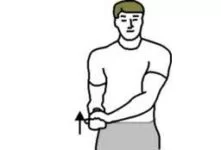
- Begin this bicep exercise with your elbow at your side and bent to 90 degrees with palms facing upwards.
- Push up against your other hand tightening your biceps.
- Hold for 5 seconds and repeat 10 times as hard as possible without pain.
2. Resistance band biceps curl:
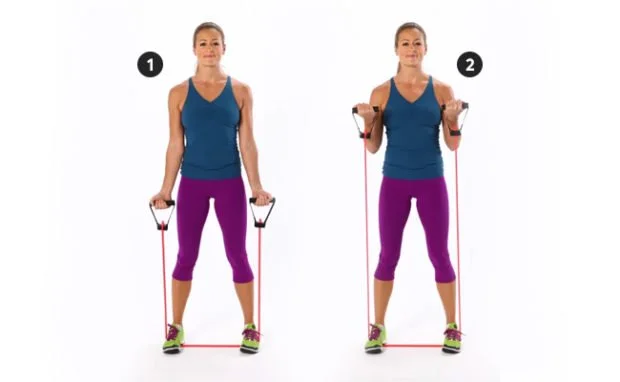
- Begin this bicep strengthening exercise with a resistance band under your feet and around your hands.
- Your back and elbows should be straight.
- Slowly bend your elbows against the resistance band tightening your biceps.
- Perform 3 sets of 10 repetitions as far as possible and comfortable without pain.
Stretching Exercises:
1. Sitting stretch:
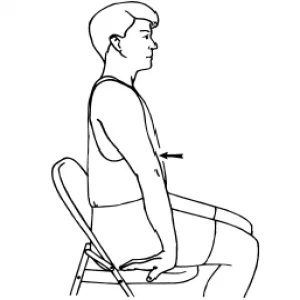
- Begin with sitting on a chair with palms flat and fingers pointing backward.
- Slowly lean backward until a stretch is felt in the front of your arm.
- Hold the stretch for 10 seconds.
- Repeat for 8 to 10 times
2. Bilateral stretch:
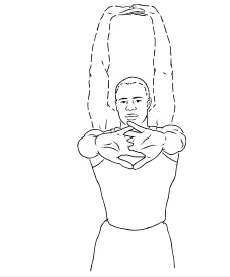
- Begin with a standing position arms straight and fingers interlaced.
- Raise your arms overhead.
- Hold the stretch for 10 seconds.
- Repeat for 8 to 10 times.
Anatomical Variations
The origin of the biceps varies in about 30% of adult individuals. In many cases, a third head may develop from the humerus. But between 2 and 5 percent of people may have extra heads of the biceps, which can range in quantity from 3 to 7. Of all the people, roughly 20% will have a bifurcated distal biceps tendon and 40% will have a totally detached tendon. The function of the arms is unaffected by these changes.
Clinic importance:
A biceps tendinitis is an inflammation of the long biceps tendon often caused by bursitis or other tendinitis involving the rotator cuff, more rarely through overuse. In severe cases, the tendon can even tear apart completely called biceps tendon rupture.
Due to the close relationship between the long biceps tendon and the rotator cuff, inflammatory and degenerative processes often affect each other.
Common consequences are a pulley lesion or biceps tendinitis. A pulley lesion is characterized by damage to the biceps pulley complex through which the long biceps tendon is no longer secured in the shoulder joint and thus slips out of the intertubercular sulcus.
The proximal and distal biceps brachii tendons are frequently affected by pathologic diseases that are initially treated nonoperatively. Situations that impact the distal biceps brachii tendon are outside the purview of this piece. The goals of rehabilitation are to strengthen the rotator cuff, increase periscapular stability, and restore muscular balance across the shoulder girdle.
Treatments for the following conditions that affect the long head of the biceps tendon’s proximal portion include:
Stretching and strengthening activities for the proximal biceps during physical therapy
Nonsteroidal anti-inflammatory medicine as a pharmacologic treatment
For example, iontophoresis using dexamethasone
Consideration should also be given to focused stretching of the pectoralis minor and other anterior shoulder connective tissue. In early animal trials, modalities such as dry needling have demonstrated potential. In cases of severe or persistent problems, surgery is necessary.

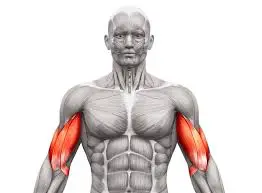
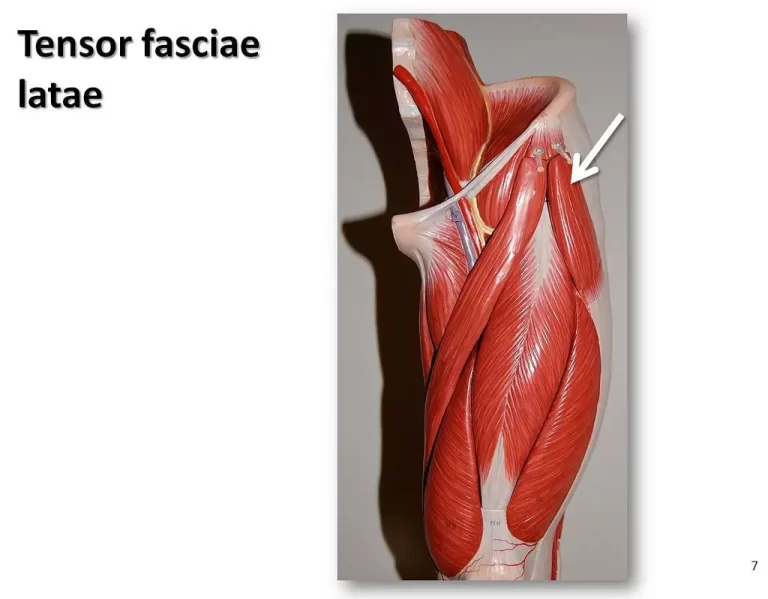
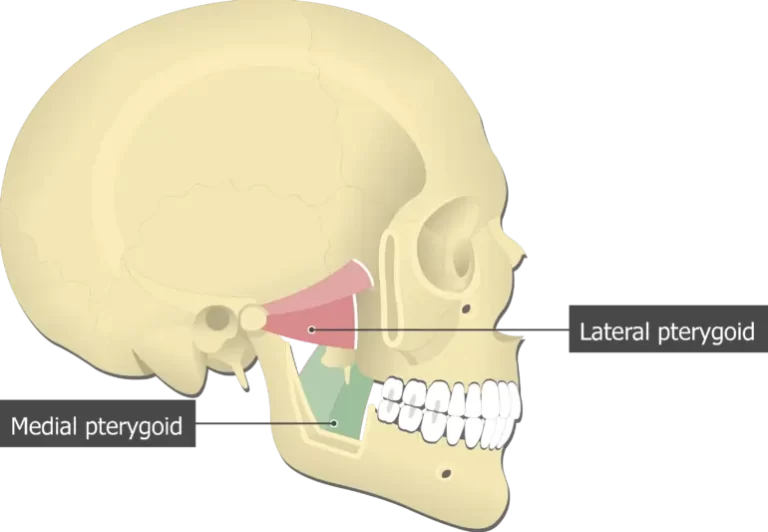
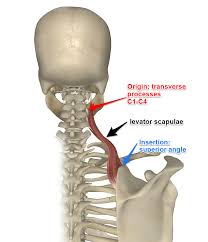
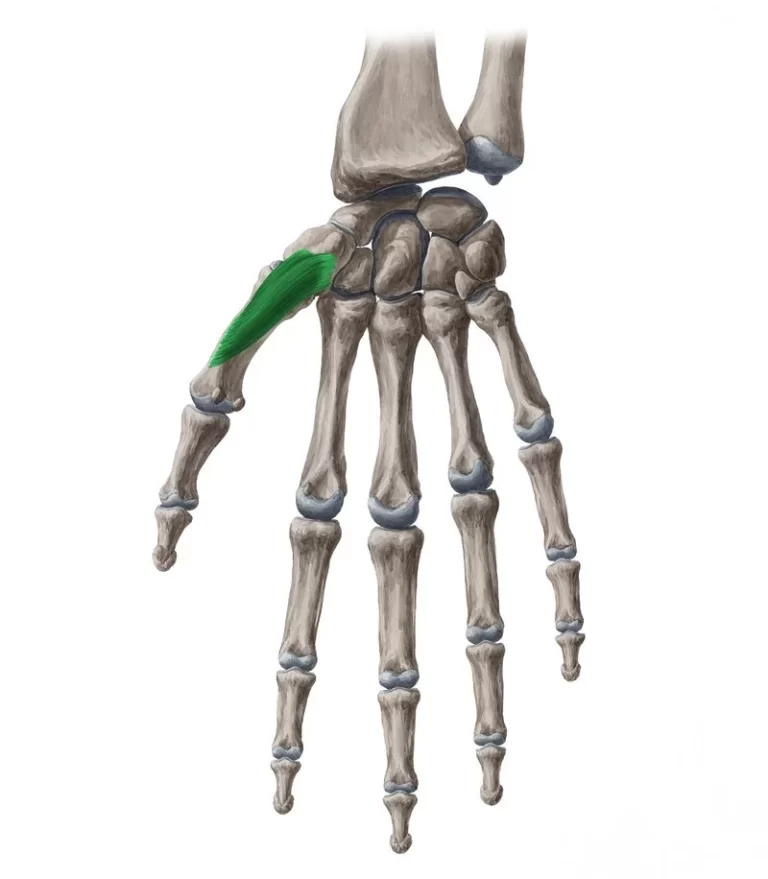
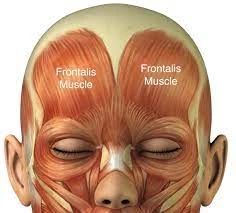

i want to strengthen my Biceps muscle, Any tips ?